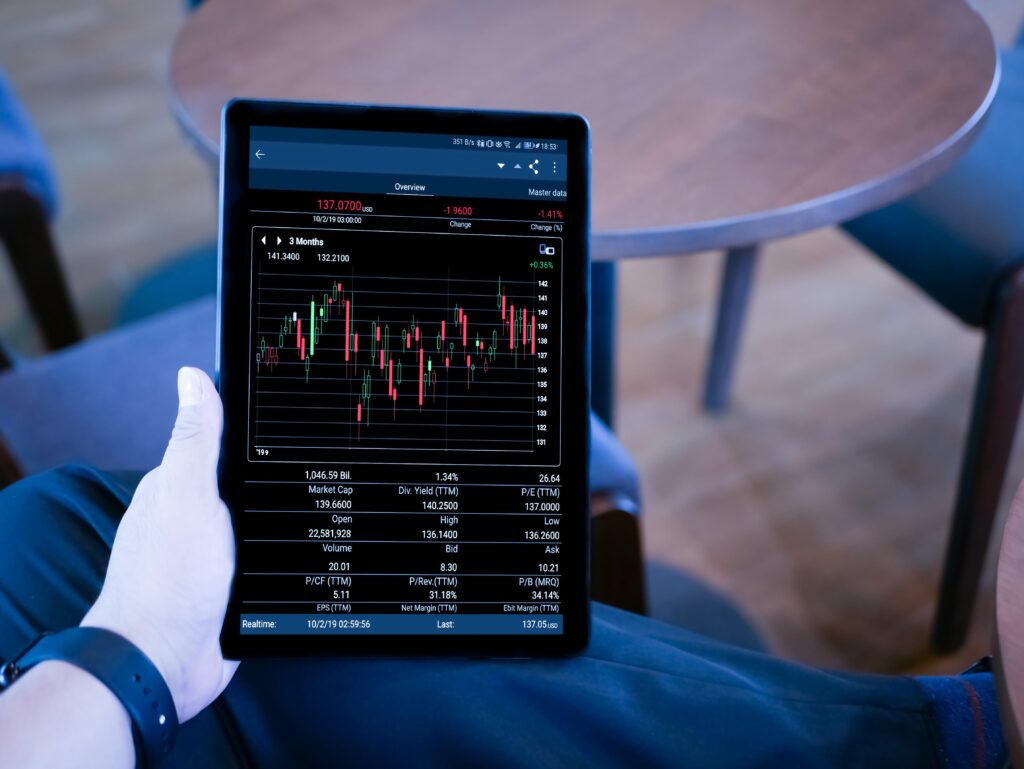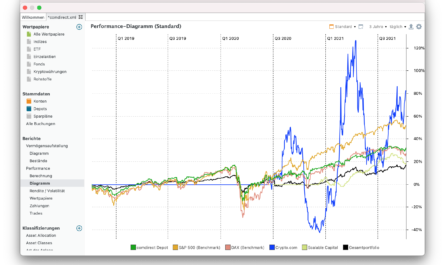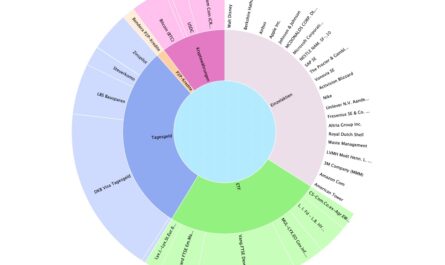Many investors base their purchase decision on how the prices of their favorite product have developed in the past, among other things. While this may not be wrong, it is often applied incorrectly. This is because, while some people are quick to buy when prices are low and sense a bargain, negative developments deter others from buying. Of course, this also applies to the opposite side: some buy euphorically on the back of recent price rises, while others expect a correction. In both cases, looking back at past prices cannot be helpful.
Lack of confidence in your own analysis
If you are planning to invest your money in the stock market, you need to be clear in advance about why you want to invest in which product and carry out a few analyses in advance to underpin your purchase decision. This can be a look at fundamental data such as the business model or the moat of a company, but can also include a technical analysis such as the share price performance. Various key figures can be used to determine whether a company is undervalued or overvalued on the stock market.
Whether expensive or cheap, the price of shares always returns to its fair value in the medium term and will thus compensate for any over- or understatement in the share price. Nobody will miss out on permanently favorable prices or fail to take advantage of overpriced prices to take profits. In the long term, stock market prices are always based on fair value and are priced in accordingly.
If you have doubts about the price, you may not have done your homework or have no confidence in your own work and analysis. Those who have a fixed set of rules know why they have chosen a corresponding entry point in the price. On the stock exchange, shares in companies are bought, not prices.
If an overvaluation has been identified in the analysis, it may be worth waiting until the price has fallen back to the desired valuation before buying. You wait for a correction and buy into a supposed downward trend.
As a general rule, a technical upward and downward trend never lasts indefinitely. The stock market is herd-driven; the balance between supply and demand is always determined by how the crowd acts.
Stock market psychology is a price driver
In every downward trend, there will always be traders at some point for whom the prices are favorable enough to take action. This creates excess demand in the short term, causing the price chart to slowly start rising again or at least move sideways. Then those in the market who want to have recognized a bottom in the price become active and also place buy orders. The market slowly begins to rise more strongly and, from a technical point of view, takes out the last low, which seems to break the downward trend. Finally, chart traders take advantage of this situation and also buy. The price switches back to the upward trend and will continue to rise until there are enough market participants who find the prices attractive for profit-taking and make initial sales. If the masses consider a price to be fair, this does not move anyone to act, which means that the share moves sideways and hardly experiences any price changes.
Companies adapt to market phases
However, it is not only technical indications that can prompt investors to go long or short. The underlying companies also cause market participants to increase or sell their positions – the future is always traded on the stock market. If investors have a positive outlook, they tend to buy. If they are negative, they tend to sell. This can be the case regardless of whether their investment has generated a negative or positive return. They want to maximize profits and limit losses. The reasons for such decisions are often economic upheavals, political developments or technological advances.
Past ignores short-term decisions
The assumption that past share price developments can predict future profits ignores the fact that framework conditions are constantly changing. Companies continue to develop and adapt to new market conditions and innovations in order to remain competitive and ultimately ensure the continued existence of the company. These specific developments and changes in strategy can never take past prices into account. In a globalized world, even political decisions have a major influence on developments on the stock market. They can theoretically change from one day to the next.
You are buying the right to passive income
For those who follow the dividend strategy with all its advantages and disadvantages, past share prices are usually less relevant anyway. When you buy a share, you have agreed on a certain payout that will last as long as possible and have decided on your own personal dividend yield. In absolute terms, it only increases if the management decides to pay out a higher dividend due to growing profits. With regard to the fluctuating purchase prices, only the personal percentages change.
If you buy later, you change the average price and thus the personal dividend yield. If prices are higher, the average entry price increases; if prices fall, it is lowered. In any case, you have made the investment in order to further increase your passive income. In short: if you are looking for passive income, your investment buys you the right to dividends and thus to share in a company’s profits. This right sometimes costs more and sometimes less for the same dividend.
Savings plans take the decision off your hands
If you don’t want to have anything to do with any of these scenarios – regardless of whether share prices perform well or poorly – you should remove the emotional factor with regular savings plans and make fully automated and therefore blind purchases over decades, regardless of prices and market developments. There will always be phases in which, in retrospect, you buy too expensively and therefore get fewer shares for your money, or take advantage of favorable buying opportunities during which you have acquired more shares for your money. In the long term, you are buying the average and therefore the average market return, which will develop positively due to the constantly changing needs of consumers and, above all, inflation and rising prices.
Anyone who does not have good prospects for the future has no business in the stock market in the long term.
Letzte Aktualisierung am 2024-07-24 at 19:22 / Affiliate Links / Bilder von der Amazon Product Advertising API







